The Most Advanced Laser Treatments for Vascular and Pigmented Lesions & Acne
With the gentle action of a light beam, unattractive skin lesions can now be quickly and safely removed. The laser allows comfortable vascular and pigmented lesions and active acne treatments. These precise treatments provide satisfying and predictable results in just a few minutes.
Your treatment provider will use a fiber optic handpiece to direct a beam of light to the site of the lesion or vessel to be treated. KTP stands for potassium titanyl-phosphate. The ktp laser is highly efficient at treating broken blood vessels (telangiectasias), age spots, and pigmented lesions. The KTP laser can be used on the face, extremities, and chest, from sunspots to redness associated with rosacea.
Treatment with the KTP laser does not take long; the length of the treatment depends on the area being treated. The treatment is not painful; you will be ready immediately after it. There is no "downtime," and you will feel fine immediately following the treatment. Skin redness following the treatment usually goes away in a couple of hours. Final results are evident within 10 to 14 days after treatment.



